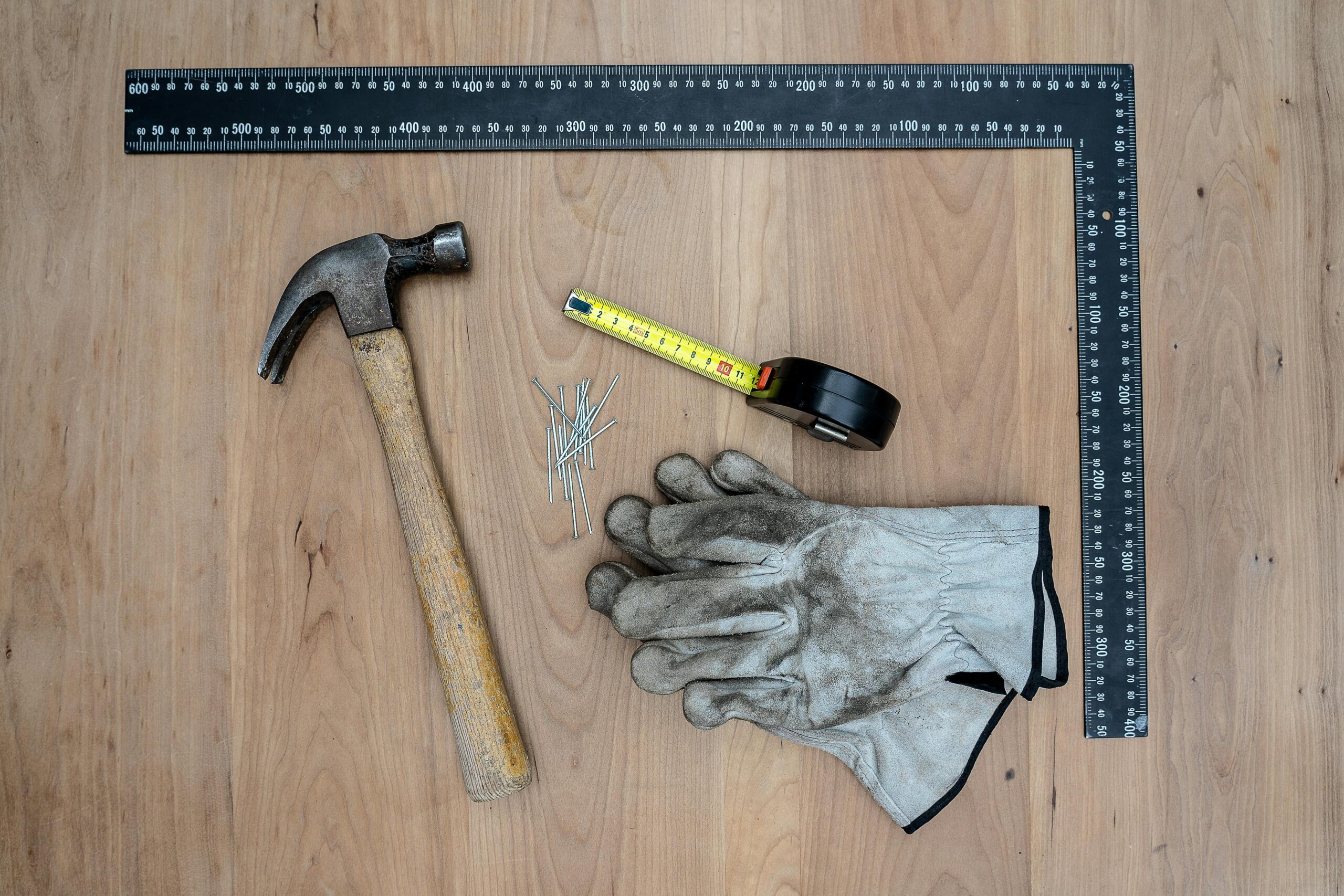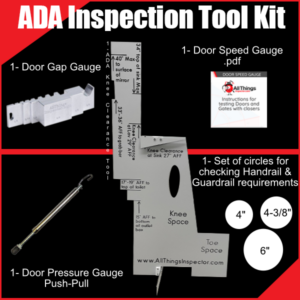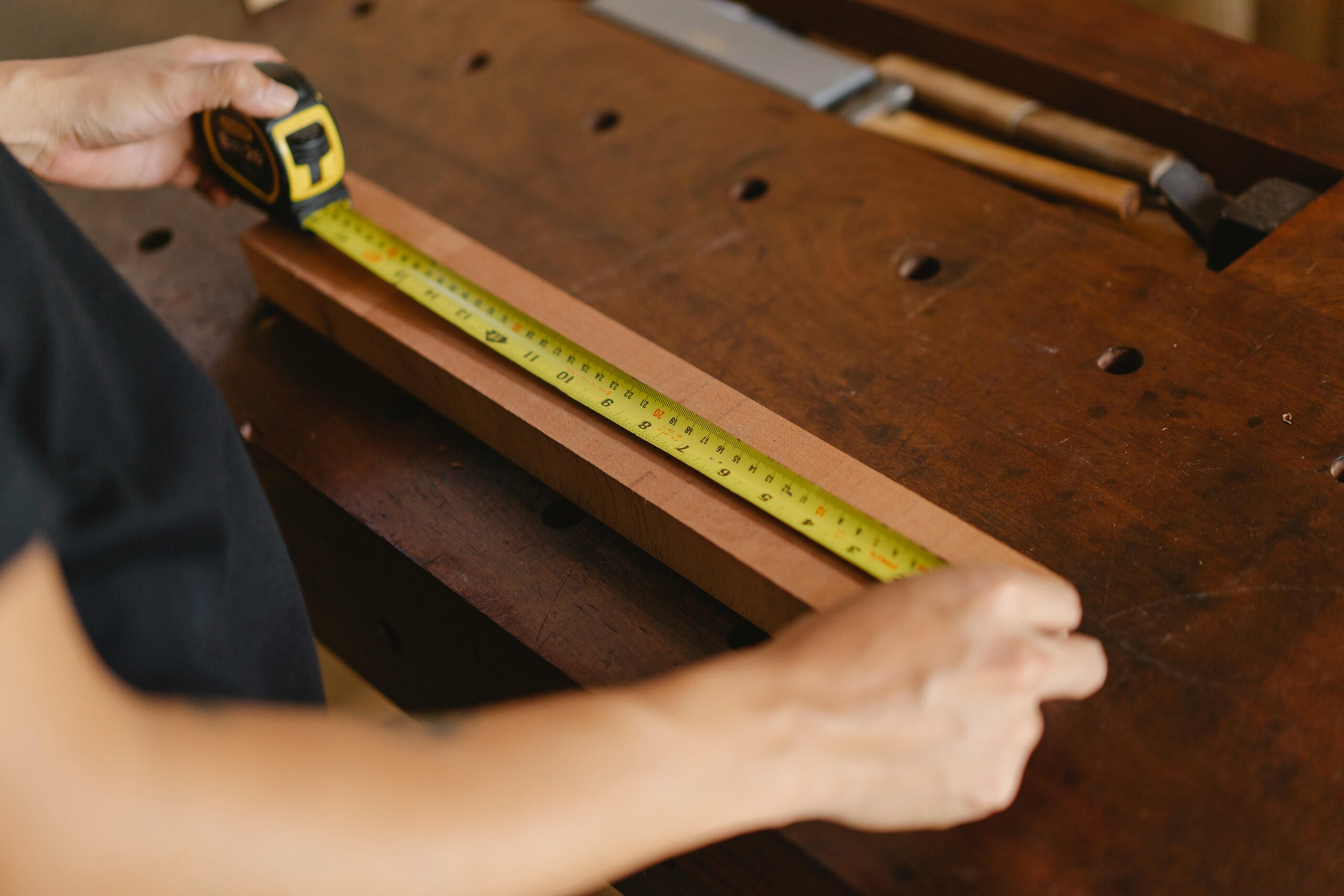
Commercial kitchens are always very busy, with chefs moving around trying to fix a meal. In an environment such as this, safety and accessibility are important. When designing these spaces, you must have accessibility and compliance in mind. Ensuring compliance with the Americans with Disabilities Act (ADA), especially regarding knee clearance is necessary to make a commercial kitchen accessible to employees and visitors with mobility challenges.

Commercial kitchens are constantly employing new employees. Ensuring knee clearance ADA in the kitchen allows people of diverse backgrounds and abilities to perform their duties without unnecessary physical stress or obstruction.
Not meeting the ADA requirements for knee clearance can result in legal consequences and you might be taxed fines or lawsuits. Ensuring knee clearance in commercial kitchens is the best way to avoid these issues.
Accessible workstations improve the quality of work in the kitchen. It allows workers to move freely and work together as a team.
Handwashing sinks must have enough knee clearance. There should be adequate spacing under the sinks, free of plumbing and other obstacles to prevent obstruction and injury.
At least one counter or workstation should have proper knee clearance to allow wheelchair users to move freely and participate in preparing meals. Some counters can be designed to be adjusted to different heights- this solution helps to accommodate different needs.
If the kitchen has service windows or areas where employees relate with customers, these should also meet ADS knee clearance requirements.
Work with an architect or designer who is familiar with ADA standards to ensure knee clearance ADA is part of the initial layout. This will save you the cost of expensive renovations.
Choose sinks, counters, and equipment specifically designed to meet ADA requirements. Many manufacturers offer products that make ADA compliance easy.
Carry out regular checks to ensure that the sinks and workspaces remain compliant, especially in high-traffic areas where too much movement can easily affect clearance.
Educate your kitchen staff on the importance of maintaining an accessible kitchen. Avoid placing tools or other items under the sink or counters as this can block knee clearance.

Ensuring ADA knee clearance in commercial kitchens promotes safety, convenience and accessibility. It creates an environment where everyone can thrive, work and relate with each other comfortably. Accessibility in a commercial kitchen reflects on the company’s reputation thereby attracting more customers and investors.



When it comes to ADA (Americans with Disabilities Act) compliance, you have two options as a business owner: either hire a certified ADA inspector or

It’s possible to mistake a standard tape measure for an ADA tape measure because they look almost identical. After all, both are used for measuring
Commercial kitchens are always very busy, with chefs moving around trying to fix a meal. In an environment such as this, safety and accessibility are important. When designing these spaces, you must have accessibility and compliance in mind. Ensuring compliance with the Americans with Disabilities Act (ADA), especially regarding knee clearance is necessary to make a commercial kitchen accessible to employees and visitors with mobility challenges.

Commercial kitchens are constantly employing new employees. Ensuring knee clearance ADA in the kitchen allows people of diverse backgrounds and abilities to perform their duties without unnecessary physical stress or obstruction.
Not meeting the ADA requirements for knee clearance can result in legal consequences and you might be taxed fines or lawsuits. Ensuring knee clearance in commercial kitchens is the best way to avoid these issues.
Accessible workstations improve the quality of work in the kitchen. It allows workers to move freely and work together as a team.
Handwashing sinks must have enough knee clearance. There should be adequate spacing under the sinks, free of plumbing and other obstacles to prevent obstruction and injury.
At least one counter or workstation should have proper knee clearance to allow wheelchair users to move freely and participate in preparing meals. Some counters can be designed to be adjusted to different heights- this solution helps to accommodate different needs.
If the kitchen has service windows or areas where employees relate with customers, these should also meet ADS knee clearance requirements.
Work with an architect or designer who is familiar with ADA standards to ensure knee clearance ADA is part of the initial layout. This will save you the cost of expensive renovations.
Choose sinks, counters, and equipment specifically designed to meet ADA requirements. Many manufacturers offer products that make ADA compliance easy.
Carry out regular checks to ensure that the sinks and workspaces remain compliant, especially in high-traffic areas where too much movement can easily affect clearance.
Educate your kitchen staff on the importance of maintaining an accessible kitchen. Avoid placing tools or other items under the sink or counters as this can block knee clearance.

Ensuring ADA knee clearance in commercial kitchens promotes safety, convenience and accessibility. It creates an environment where everyone can thrive, work and relate with each other comfortably. Accessibility in a commercial kitchen reflects on the company’s reputation thereby attracting more customers and investors.